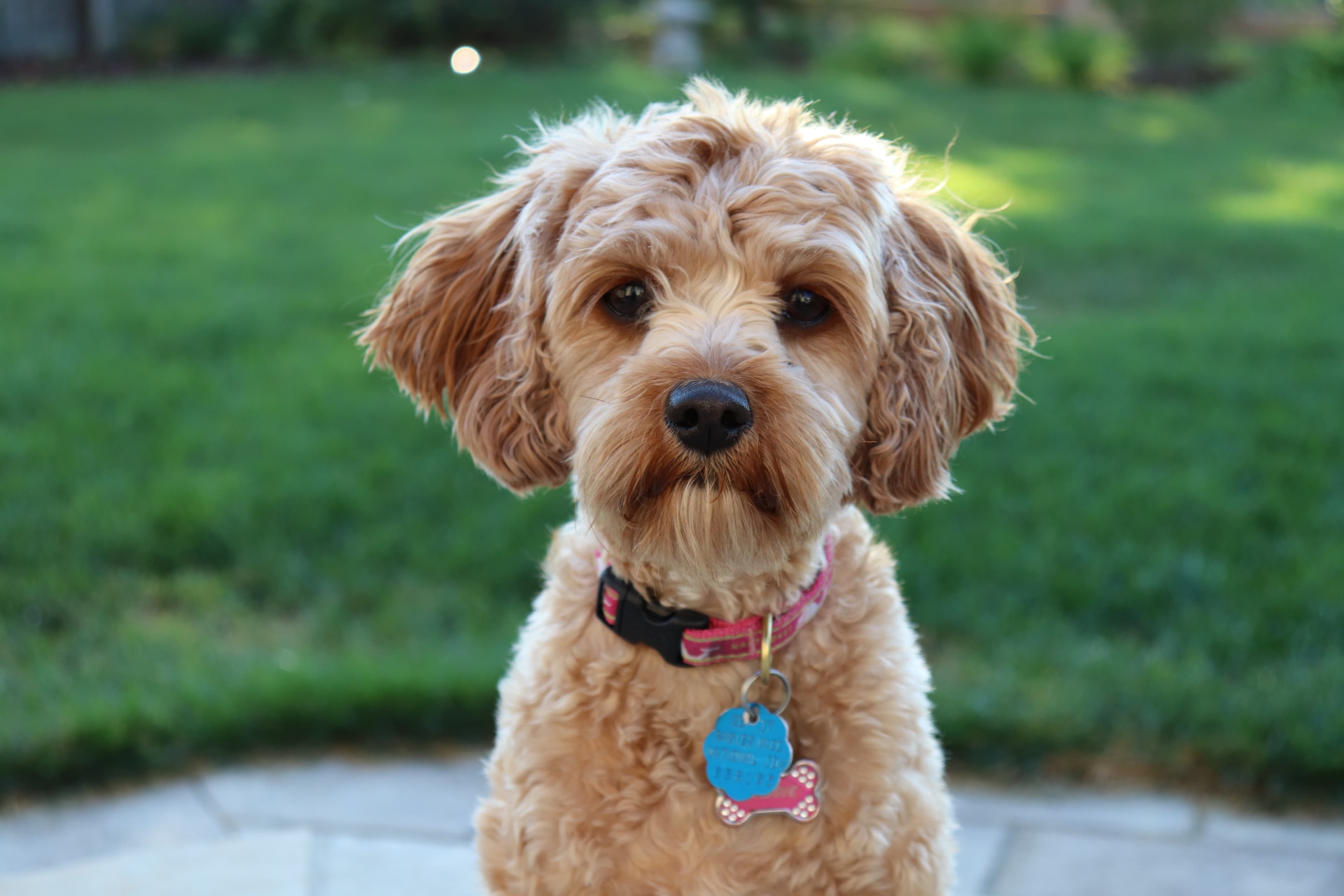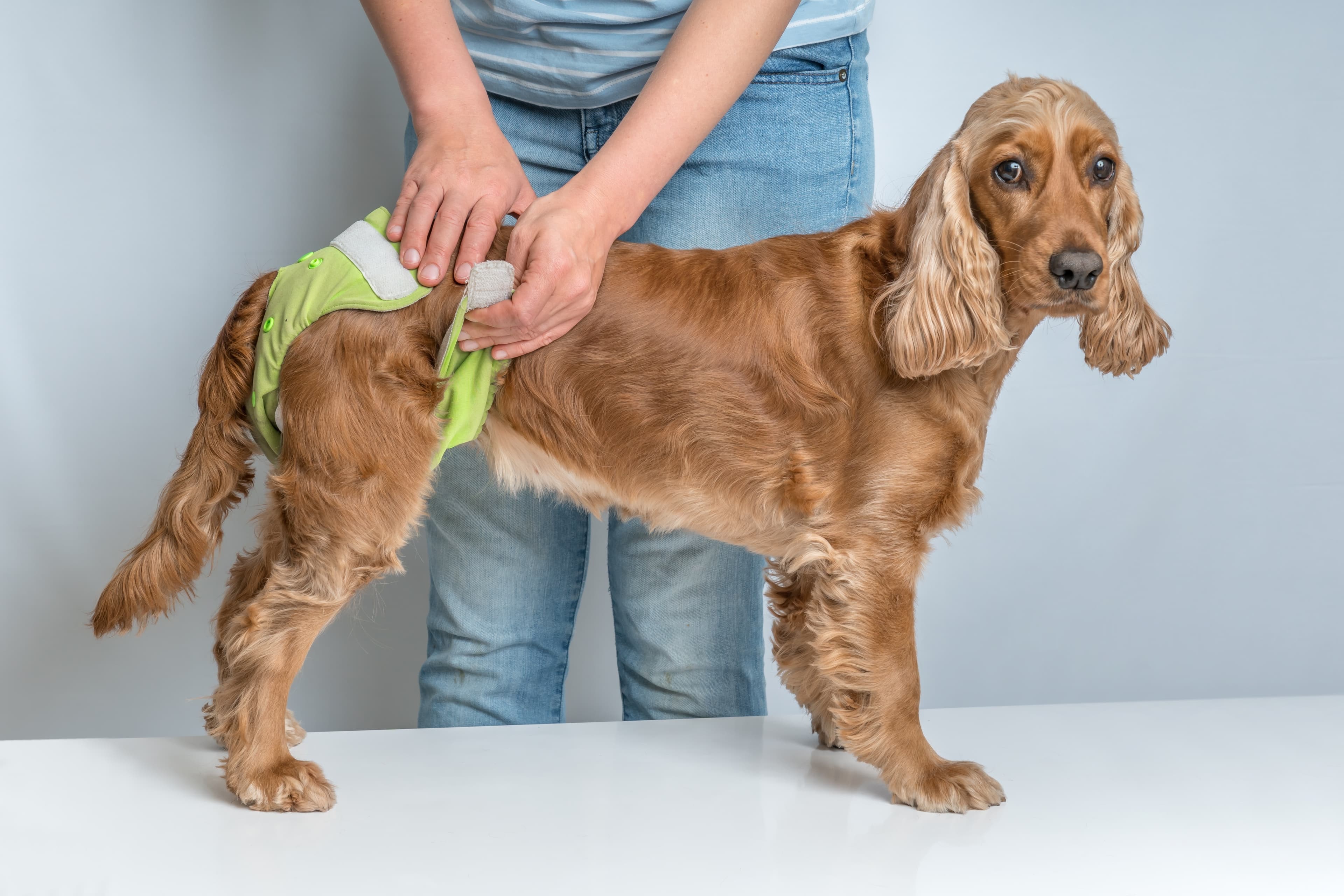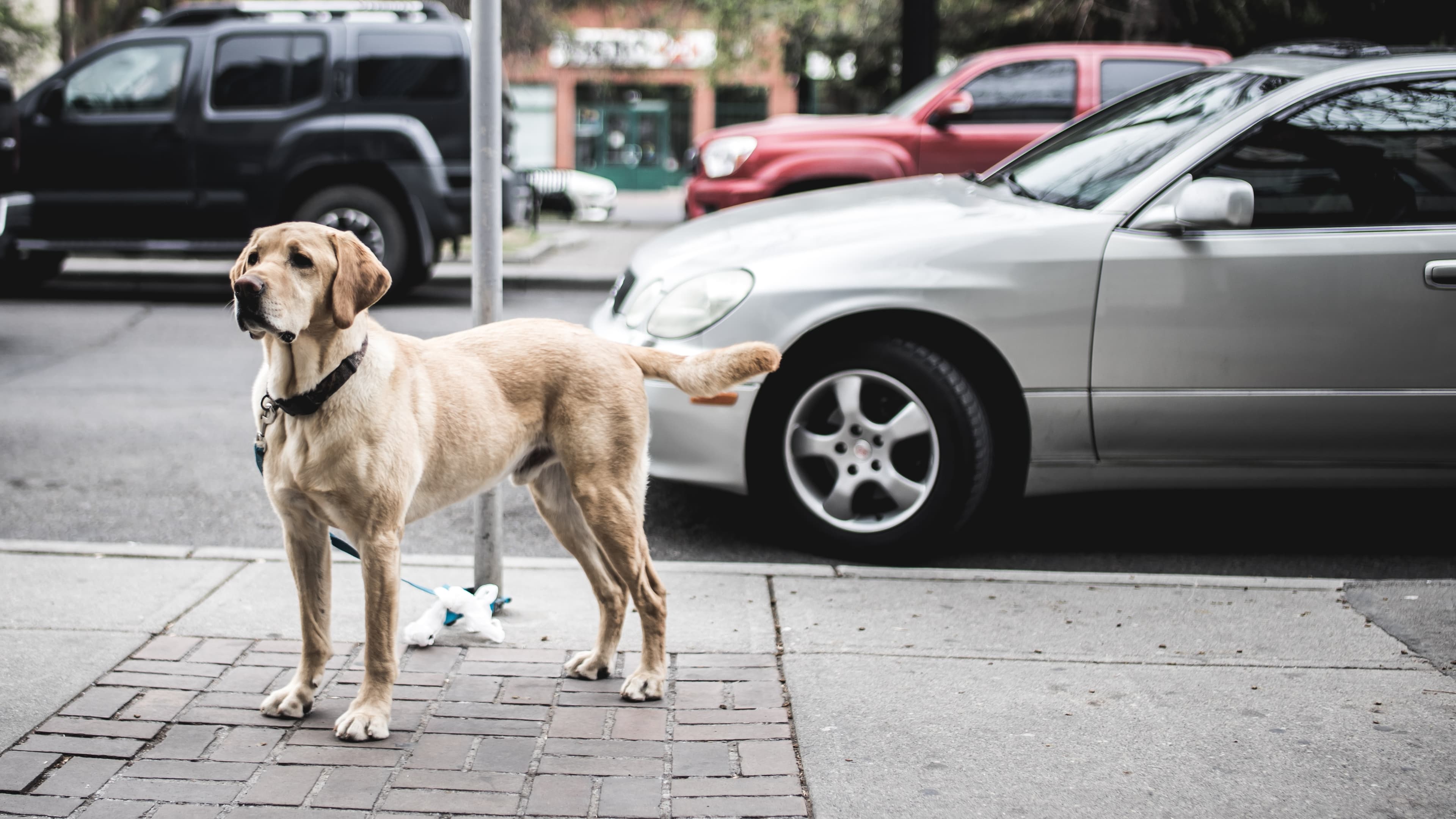Malocclusion - All about dog malooclusion
Bite defects in dogs
Just like humans, dogs can suffer from malcclusion. Two common malocclusion that occur in dogs are overbite and underbite. The fact that a dog has a bite defect is not just about appearance, but the teeth that grow incorrectly can cause pain in the dog's mouth.
The dog's normal bite
When a dog has a normal bite, also known as a scissor bite, it means that the dog's teeth are correctly positioned. In a scissor bite, the dog's front teeth in the upper jaw go just outside the front teeth in the lower jaw. In addition, the canine of the lower jaw should fit between the canine of the upper jaw and the outermost front tooth. When the dog bites its teeth together, it is important that the lower canine does not come into contact with the upper canine or the outermost incisor.
What is a malocclusion?
If a dog has a malocclusiont, it means that the dog's teeth do not meet optimally when it closes its mouth. The two most common malucclusionthat dogs suffer from are overbite and underbite. An overbite means that the front teeth of the upper jaw are in front of the front teeth of the lower jaw so that the teeth do not touch each other, also it commonly results in a narrow lower jaw causing the teeth in the lower jaw to bite on the inside of the teeth of the upper jaw. An underbite means that the front teeth of the lower jaw are in front of the upper jaw when the dog closes its mouth. When the dog bites down, and has a bite defect, the dog can injure itself. The misplaced teeth can cause bite damage to the lip or palate. This can lead to discomfort and pain and need to be addressed.
When should I visit a vet
Malocclusions is something that can affect any dog, but it is more common in certain breeds. If your dog has a malocclusion, you should ask a veterinarian to properly examine your dog's mouth to determine if the malocclusion needs to be addressed.
Symptoms of malocclusion in dogs
It can be difficult to detect malocclusion in dogs without a thorough examination of the dog's mouth by a veterinarian. However, there are some common symptoms that can indicate malocclusion:
1. Difficulty eating or chewing food.
2. Teeth grinding or tooth marks on toys or objects.
3. Salivating in excessive amounts.
4. Sores or lesions on the lips or palate.
5. Difficulty closing the mouth properly.
If you are unsure whether your dog has a malocclusion, you can always consult a digital vet, which you as a Lassie insurance customer have unlimited calls to directly in our app.
Treatment of malocclusions
If your dog has a lot of pain in his mouth due to his malucclusion, braces can sometimes help. However, by far the most common procedures are tooth extraction, so called temporary crown extensions or shortening and root canal filling/covering of the tooth.






